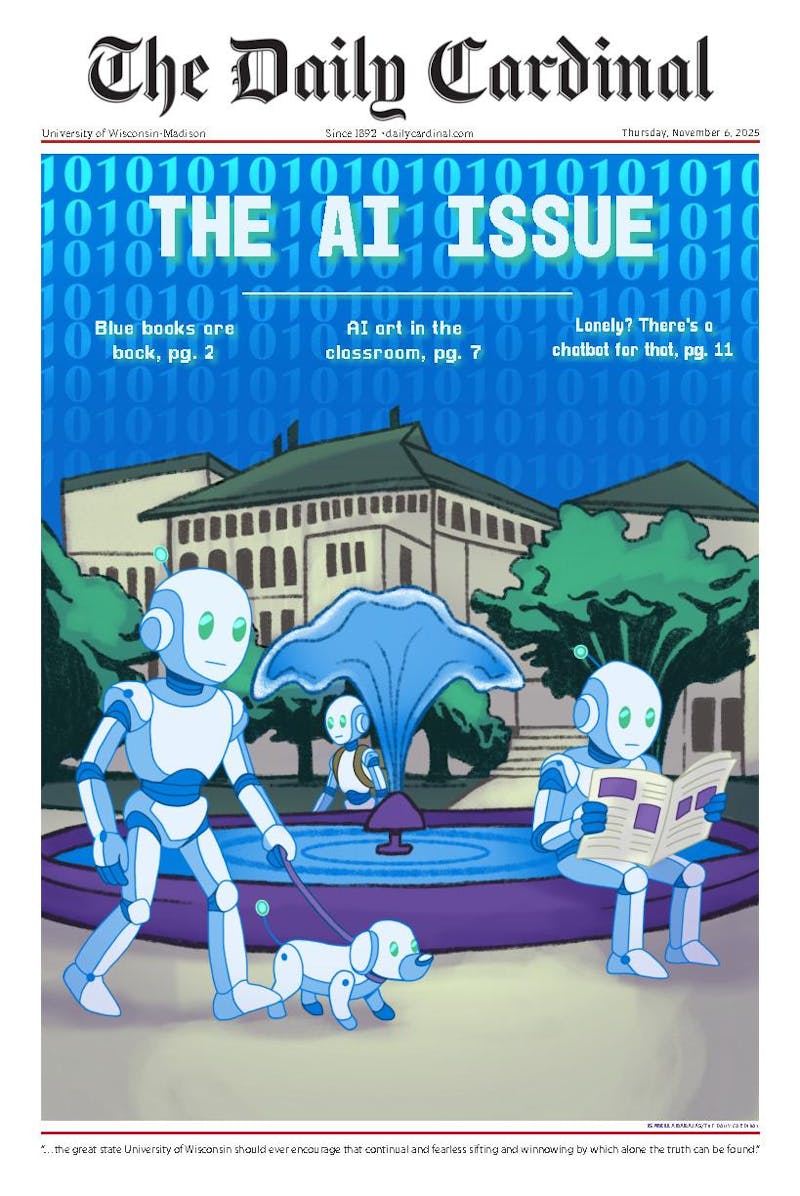Well folks, it’s Halloween again, which means it’s time for the obligatory writing on horror movies. But I’d like to do something a little different, if y’all don’t mind.
See, it’s always seemed weird to me we partitioned these pictures off into their own little corner, as if they aren’t as much a part of our cinematic tradition as “true” films.
Even when we’re forced to acknowledge a horror film as genuinely great, we tend to regard them as “other,” as “different.” Sure “Carrie” and “Rosemary’s Baby” are considered classic films, but they tend to be looked at as “de Palma’s horror film” or “Polanski’s horror film,” as an anomaly that can be dismissed as a case of a “real director” branching out into horror.
“The Shining” seems a strong example of this idea. While it’s regarded by some as the greatest horror film ever (I probably wouldn’t argue), it can tend to also be regarded as just “Kubrick’s horror film,” as a piece of the Kubrick collection rather than as an important piece of world cinema.
However, the latter is how we need to look at it, and all films, in order to get a full sense of their importance and position in the world cinema canon. “The Shining” has been influential within its genre, certainly, but it’s also had a huge impact on films outside the confines of “horror.” Take, for example, a certain Mr. Wes Anderson.
Think about it. On a very surface level, they both show a love of wide angle, symmetrical shots, dollhouse-style tracking shots, heavily patterned set design, etc. But the similarities run deeper, to more formal and thematic levels. So bear with me.
Much of Anderson’s work, like “The Shining,” uses meticulously constructed environments to structure and develop itself. The frozen-in-time, storybook settings of “The Royal Tenenbaums,” or “The Life Aquatic” or “The Darjeeling Limited,” help establish the arrested development of its characters and establish an isolation from “reality,” allowing us to move past the world they’re in and hone in on their emotional states. The physical isolation and enormity of the Overlook Hotel serve a similar function in “The Shining.”
And the aesthetics I mentioned earlier help to reinforce these effects, all of which help build the shared thematic cores of broken family dynamics—particularly looking at troubled father/son relationships. It’s at the heart of most, if not all Anderson films, and it’s the force behind much of the true terror in “The Shining.”
It’s not just an ignorance of horror films’ impact on cinema; they can also be denied a place among more traditionally “artistic” or “cinematic” movements in film. To give you an example, I think “The Blair Witch Project” deserves to be considered along with much of the French New Wave, or at least acknowledged as one of its heirs.
Really though. “Blair Witch” doesn’t just jump cut once in a while for effect; every single cut is a jump cut, and traditional editing is entirely nonexistent. The camera isn’t just acknowledged; it’s an integral part of the story, handled by the characters whom also function as the film’s creators.
The fourth wall does not exist. The naturalism of the acting is pushed to the point of trying to trick audiences into thinking the film was true to life. It breaks every rule, and revels in it. It’s soooooooo New Wave. It’s the film Jean-Luc Godard would’ve made if he’d wanted to scare people.
Or maybe not. Maybe I’m crazy. But it’s a super interesting conversation, and it’s one I’d love to have. But before we can, we need to acknowledge that film is film. It’s all interesting, it’s all worth considering and it’s all capable of providing fascinating discussion if we’re willing to let go of some preconceptions about innately “good” and “bad” art, and just roll with things.
So uh, happy Halloween, I guess. If you’re going to watch a horror film tonight, I’d highly recommend Werner Herzog’s remake of “Nosferatu.” It’s astonishing.
Do you want to set up a horror movie date with Austin? Share screams by emailing him at wellens@wisc.edu.





